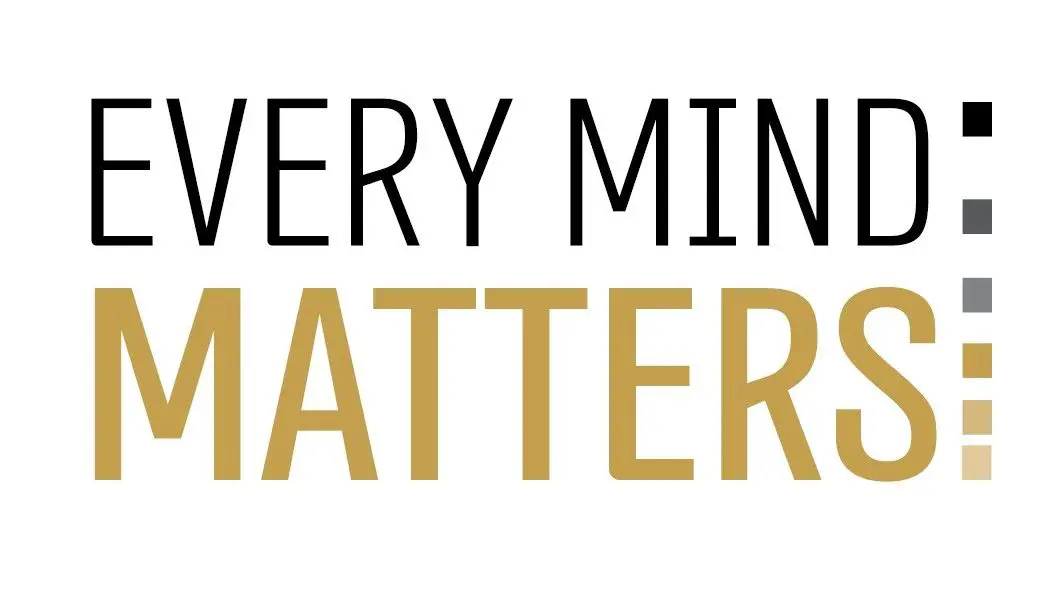Gisselle Cruz

Gisselle Cruz
Gisselle Cruz graduated from Reno High School with honors in June 2023, earning an unadjusted GPA of 3.96. She has a passion for computer science and art. She is a junior at Reno High School with a passion for computer science and art. Gisselle loves to write code, especially in Java, her favorite programming language. After receiving offers from the University of Minnesota (home of the renowned Supercomputer Institute) and the University of California, Irvine (software engineering program), Gisselle has chosen to keep it close to home. The University of Nevada offered her a place in the Honors College, and that is where she began her university education in August 2023. As of January 2025, she has earned a 3.9 GPA and is fully immersed in the computer science curriculum.
Gisselle’s dedicated and loving parents work very hard at their jobs to provide for her and her sister. But the pandemic, inflation and the constant struggle to pay rent and put food on the table threaten to put a university education, and the extra costs that come with it, out of reach.
Gisselle’s perseverance and self-discipline called out for support. Gisselle not only writes code; she is also a talented artist and likes to incorporate her art into her software projects. She participated in the Red House Project digital arts program. Besides computer science, Gisselle especially loves math, physics and Spanish. Math and physics are among her favorite subjects. “I loved every math course I have taken because doing the work is like solving a puzzle,” Gisselle says. “I like physics because the topics are interesting, and it is fun to learn why things move the way that they do because of the laws of physics.”
Gisselle’s creative bent extends to knitting, which seems particularly appropriate for her, given that knitting has a prominent history in computer science. Knitting patterns served as the first “programming languages” hundreds of years ago, in that they offered instructions that could convey logical information and reproduce patterns. Knitting was relevant in more modern times too: seamstresses employed by the Massachusetts Institute of Technology’s Charles Stark Draper Laboratory assembled the “rope memory” used in the Apollo Guidance Computer by a process any weaver or knitter would recognize, and this computer helped get American astronauts to the moon beginning with the Apollo 8 mission in 1968; on July 24, 1969, the guidance computer installed in Apollo 11’s Lunar Lander, “Eagle,” helped Neil Armstrong and Edwin “Buzz” Aldrin be the first humans to land on the moon.
Gisselle’s intelligence, creativity and work ethic are already paying dividends.
